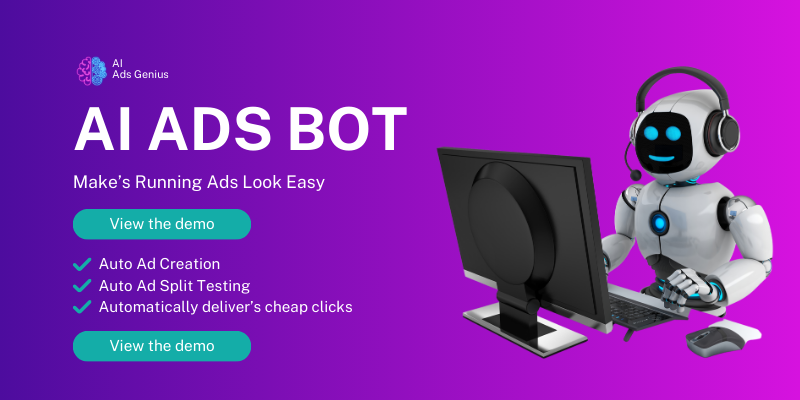Understanding the Learning Phase
What the Learning Phase Is All About
In my journey with Google Pmax, I found that the Learning Phase is a crucial time when your campaigns are figuring out who to target and what strategies work best. It’s like a teenager trying to find their identity, just a lot more data-driven! During this phase, the system analyzes performance data to determine the most effective ways to achieve your goals.
Think of it as a probation period for your ads—especially when launching new campaigns or adjusting existing ones. The system needs time to learn about user behavior, preferences, and how different elements contribute to successful ad placements. If you rush through this, you might miss out on optimizing for your desired outcomes.
So patience is key! As I navigated through this phase, I learned that the more data your campaigns have, the quicker they can make informed decisions. It’s all about letting the algorithms do their magic!
Duration of the Learning Phase
How Long It Lasts
The duration of the Learning Phase usually varies based on several factors. In my experience, it could last anywhere from a few hours to several days. It’s primarily dependent on the amount of traffic your campaign generates. Higher traffic typically leads to quicker learning.
However, don’t be surprised if you find that some campaigns take longer than others. I’ve had campaigns that were up and running for weeks before they seemed to figure things out. This was particularly evident when I had low traffic or limited data. The system is designed to absorb information, so low engagement can stretch out the learning process.
Finally, I suggest keeping an eye on the metrics during this phase. You’ll start to notice patterns, and once you do, you’ll be able to evaluate whether the learning is progressing or if you need to make tweaks to your strategy.
Importance of Stability
Why Stability Matters in the Learning Phase
Stability is crucial during the Learning Phase, and I can’t stress this enough. If you’re constantly changing budgets or ad creatives, it’s like a student trying to study in a noisy room. The system thrives on consistency to really hone in on what works.
From my perspective, maintaining a steady budget and clear goals helps ensure that the learning doesn’t reset each time you make a change. Each adjustment can throw off the system’s learning process and force it to start over, which can be frustrating.
So my advice? Once your campaigns are live, allow them time to breathe and stabilize before diving back in for revisions. Keep an eye on performance, but resist the urge to tinker every time you don’t see immediate results.
Adapting Strategies During Learning
When to Make Changes
Now, this is a bit of an art. Knowing when to adapt your strategy while your campaign is in the Learning Phase is essential. From my personal experience, I learned that if you see significant drops in performance, it might be time to reassess your strategy.
However, if your ads are performing consistently within acceptable metrics, it’s probably better to hold off on major changes. The system needs time to collect data before you start playing the guessing game.
A good rule of thumb is to give your campaign at least a week or so in the Learning Phase. Post this period, you will have a clearer picture of what’s working and what isn’t. And when you do make changes, be strategic about it so you can continue to gather relevant data.
Analyzing Results After the Learning Phase
What to Look For
Once the Learning Phase is over, the real fun begins! I’ve always found it intriguing to dive into the results. The takeaway is that it’s not just about seeing higher clicks or conversions; it’s about understanding what led to those outcomes.
After the Learning Phase, I spend time analyzing which ads performed best and how they reached different segments of my target audience. This insight is invaluable for adjusting future campaigns. It’s not just about numbers; it’s about telling a story.
And don’t forget to measure ROI! You want to know if your investment brought back enough value. Evaluate how different elements contributed to your campaign’s success during the Learning Phase, and use those insights to power your next steps.
Frequently Asked Questions
-
What is the Learning Phase in Google Pmax?
The Learning Phase is a period where Google’s algorithms gather data to optimize your ad campaigns. It’s a crucial time for your campaigns to figure out the best strategies to hit your goals.
-
How long does the Learning Phase last?
The duration can vary, but it generally lasts from a few hours to several days, depending on the volume of traffic and engagement it receives.
-
Why is stability important during this phase?
Stability is vital because changing budgets or creatives frequently can reset the learning process. Consistency allows the algorithms to effectively identify successful strategies.
-
When should I change my ad strategy during the Learning Phase?
It’s best to wait for at least a week to gather sufficient data. If you notice significant drops in performance, that’s a cue for reassessment. Avoid making hasty changes.
-
What should I analyze after the Learning Phase?
Post-learning, analyze which ads performed best, how they reached your audience, and measure ROI to assess the overall success of your investment.

